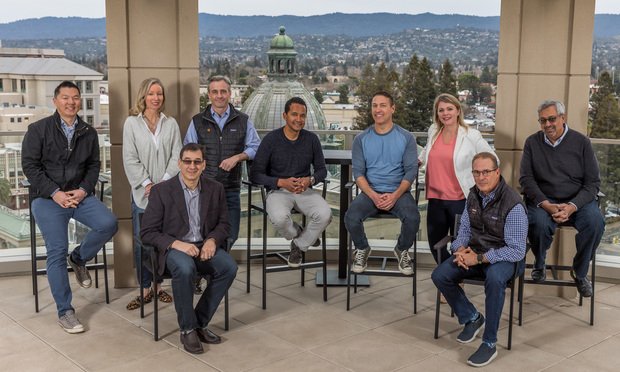Technological advancement, the entry of Generation Y, or Millennials, into the workforce and increased acceptance of mobile work are converging to drive evolution in the workplace. These factors are encouraging employers to re-evaluate workplace strategies, resulting in re-allocation of space within the footprint and reduction of square footage. A properly executed workplace strategy offers employers the opportunity to achieve cost savings and build a more effective work environment.
International Facilities Management Association data show that square footage per employee decreased by 15% to 20% in the period between 1994 and 2010. Management and professional employees were impacted the most during that timeframe, as clerical functions had already shifted to denser, efficient cubicles. Two key drivers of this dramatic decrease in space use are increased density and employee mobility.
Increased density can be achieved in different ways, such as shifting employees from offices to cubicles, decreasing office/cubicle size and decreasing hard file storage areas (which occupy as much as 15% of space in some workplaces). While increased density drives down space per occupant, employee mobility decreases the number of occupants within the space at any one time. For example, a 1,000-person office with a 1:1 employee-per-desk ratio requires 1,000 seats vs. 250 seats for the same office utilizing a 4:1 hoteling ratio that is not uncommon. As companies trade individual workspaces for shared workspaces, however, they tend to provide other types of spaces to accommodate employees' needs, such as small private rooms for personal calls, team rooms, lounges and other common areas to encourage interaction and collaboration. (For more on workplace evolution, see Better Buildings, page 77.)
Technological advancement is a primary enabler of workplace densification and mobile work. For example, cloud-based storage enables firms to decrease dependence on hard files. Advancement in portable computing functionality enables employees to accomplish more tasks from their devices. The proliferation of broadband and VoIP offers the ability to connect face-to-face from anywhere. Software companies have developed resourcescheduling tools that measure desk and conference room utilization trends, while other companies offer software to track mobile worker productivity. These types of advancements help alleviate concerns of managers that are still hesitant to allow mobile work.
In addition to real estate cost savings, other key corporate and HR priorities are also behind these workplace trends. These include creating flexible/agile workplaces to retool teams/occupancy as corporate and project priorities evolve; enhancing employee attraction and retention efforts by offering an engaging workplace and ability to work remotely, improving work/life balance; enabling companies to cherry-pick talent in disparate markets, tapping the best talent to work remotely; enhancing employee satisfaction and productivity by offering different work environments to suit different work styles; and limiting indirect carbon emissions by decreasing employee commute miles.
Appealing to the next generation is a focus for companies as Baby Boomers retire. These workplace changes are well aligned with the lifeand work styles of Millennials.
Continue Reading for Free
Register and gain access to:
- Breaking commercial real estate news and analysis, on-site and via our newsletters and custom alerts
- Educational webcasts, white papers, and ebooks from industry thought leaders
- Critical coverage of the property casualty insurance and financial advisory markets on our other ALM sites, PropertyCasualty360 and ThinkAdvisor
Already have an account? Sign In Now
© 2024 ALM Global, LLC, All Rights Reserved. Request academic re-use from www.copyright.com. All other uses, submit a request to [email protected]. For more information visit Asset & Logo Licensing.








